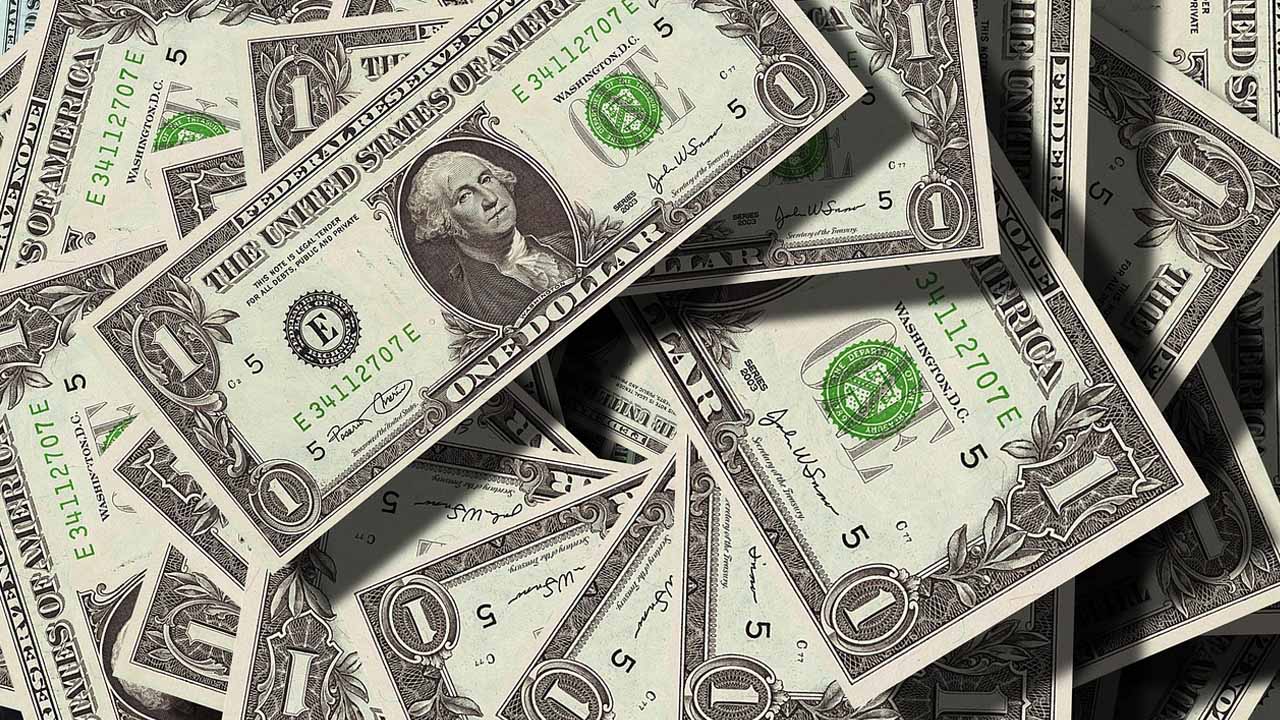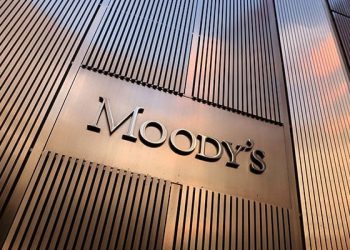On Monday, the Pakistani Rupee continued to gain against the US dollar in the interbank market. During the early hours of trading, the rupee saw another impressive 0.41% appreciation against the US dollar.
At 10:10 AM, the Pakistani rupee was trading at 276.48 against the US dollar in the inter-bank market, marking an increase of Rs1.14. This follows a trend of appreciation that the rupee has been experiencing.
In the previous week, the rupee continued to strengthen, gaining 1.79% over five sessions to close at 277.62 against the US dollar in the inter-bank market. This marks a significant improvement from the record low of 307.1 that the local currency had touched in the inter-bank market on September 5.
The recent appreciation of the rupee can be attributed to various factors, including a crackdown against smuggling and increased regulatory measures on Exchange Companies (ECs) within the country. The central bank has been particularly vigilant in overseeing exchange companies and has suspended the authorization of nine exchange companies over the last month due to serious violations.
Notably, Dr. Shamshad Akhtar, the Federal Minister for Finance, Revenue, and Economic Affairs, participated in a high-profile meeting of MENAP (Middle East and North Africa) Finance Ministers and Central Bank Governors with the Managing Director of the International Monetary Fund (IMF) in Morocco. During this meeting, Dr. Akhtar emphasized Pakistan’s commitment to economic development and global financial cooperation.
Globally, the US dollar showed strength in cautious trading due to escalating tensions in the Middle East. Investors are also eagerly anticipating a speech by Federal Reserve Chair Jerome Powell later in the week, which may provide further insights into the US central bank’s interest rate policies.
Market watchers are closely monitoring Powell’s speech for clues on the potential direction of US interest rates. Despite consumer prices rising more than expected in September, markets are largely expecting the Fed to maintain its current rates during its next monetary policy decision in November. However, there is about a 32% chance, according to the CME FedWatch tool, that the central bank could opt for a rate hike in December.
Meanwhile, oil prices, which are a key factor in determining currency values, remained relatively stable after a surge last week. Investors are watching for developments in the Israel-Hamas conflict, as the involvement of other countries could lead to higher oil prices and potentially impact the global economy.






